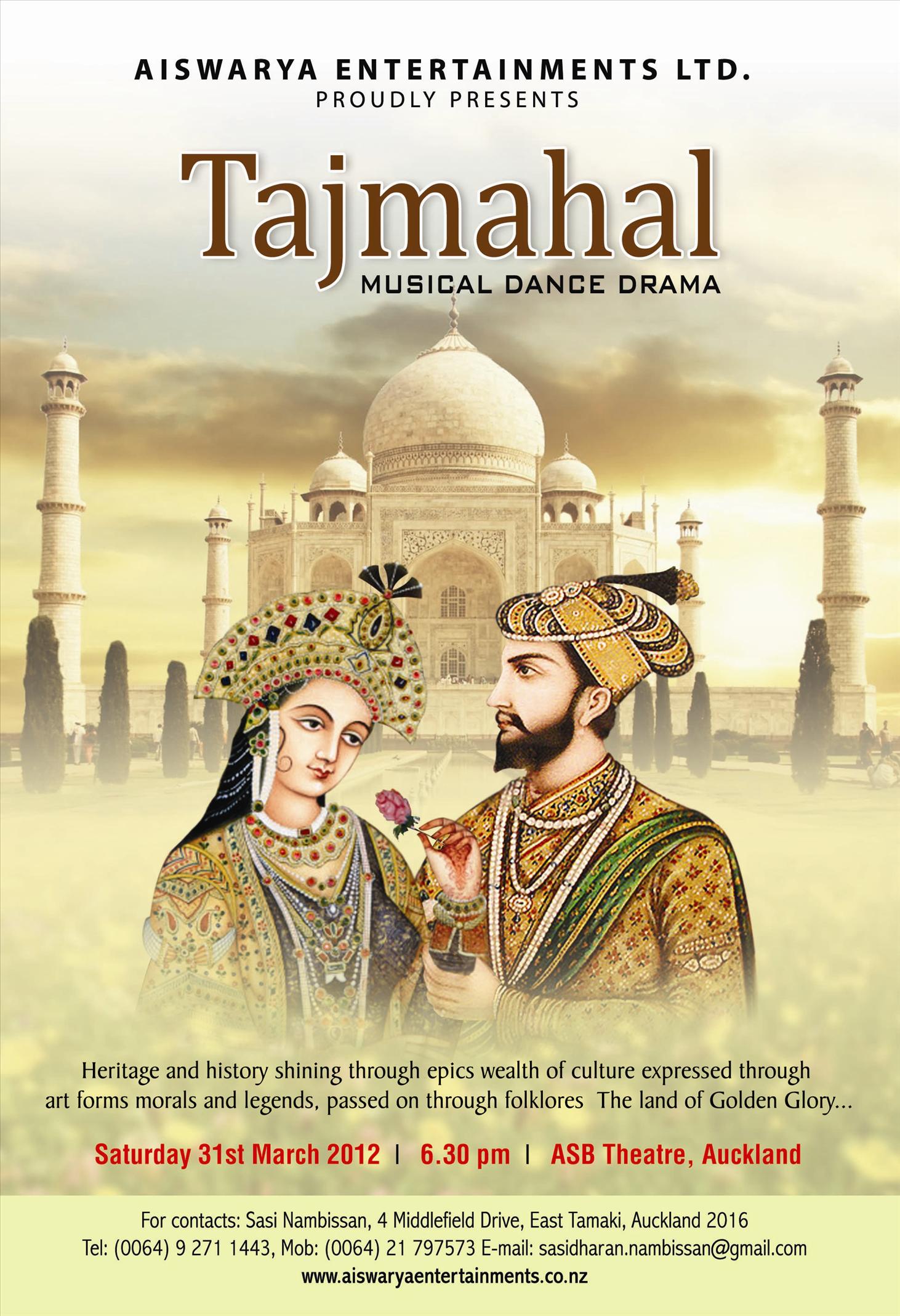Welcome to the Taj Mahal, Your Excellency. Hundreds of thousands of people come here every year from all over the world to see this Jewel of Muslim Art.
Those were the words of welcome from a District Official as Prime Minister John Key, his wife Bronagh and the accompanying media delegation approached Taj Mahal in Agra, at the first leg of his state visit to India on June 27, 2011.
For the next one hour, The Taj ‘belonged’ to Mr Key and the rest of us. With the most magnificent edifice of love known to humankind closed to the rest of the world, we concentrated on its history and colourful (and yet sad) memories.
We learnt that a depressed and distraught Shah Jahan, the Mughal Emperor (and grandson of Akbar the Great) order the edifice built in memory of his wife Mumtaz soon after her death in 1631 AD. We also learnt that an international team of 20,000 masons, marble workers, mosiaicists and decorators, assembled by Chief Architect Ustad Ahmad Lahori worked long hours over the next 17 years to complete the structure at an estimated cost of `320 million. In today’s terms, it would cost billions of dollars.
Best of the World
Situated on the right bank of the Yamuna River in a vast Mughal Garden of about 17 hectares, this funerary monument, bounded by four isolated minarets, reigns supreme with its octagonal structure capped by a bulbous dome through the crisscross of open perspectives offered by alleys or basins of water.
“This is Indian architecture at its best, Sir,” exclaimed the official, as he conducted Mr Key and the rest of us through a guided tour of The Taj Mahal.
“The Emperor used the best available material during the time and did not compromise on quality, for he wanted this to be a monument of love for eternity. He ordered materials to be brought from all over India and Central Asia. The Taj has marble from Jodhpur, while precious stones for the inlay came from Baghdad, Punjab, Egypt, Russia, Golconda, China, Afghanistan, Ceylon (Sri Lanka), the Indian Ocean and Persia. The unique Mughal style combines elements and styles of Persian, Central Asian and Islamic architecture,” he said.
Silence rules the inside of the Taj, especially at the cenotaphs, which house the tombs of Shah Jehan and Mumtaz. The awe-inspiring marble works testify the architectural marvel unknown to the rest of the world in the 17th Century.
A few years ago, fears of pollution and terrorist attacks forced the Central and State (Uttar Pradesh) Governments to take a number of preventive measures.
Today, the Taj Mahal is one of the most secured sites in the world, with only battery cars allowed within its vicinity.
Dance Drama
 While the Taj Mahal attracts millions of visitors to behold its architectural beauty, the real story behind its construction is not often known or understood.
While the Taj Mahal attracts millions of visitors to behold its architectural beauty, the real story behind its construction is not often known or understood.
Aiswarya Entertainments Limited, an Auckland based Event-Management Company has undertaken an ambitious project to produce and present Taj Mahal: A Dance Drama on March 31, 2012 at ASB Theatre in Aoetea Centre in Auckland’s Central Business District.
Directors Dr Rita Sasidharan and Sasi Nambissan hope that the forthcoming production would be a ‘Lifetime Event,’ encapsulating one of the finest eras of Indian history, with its authentic script, choreography, music and stage settings.
“As well as narrating the tale of human emotions such as love, compassion, devotion and pathos, this Dance Drama will be a cultural extravaganza, highlighting India’s rich cultural heritage, replete with its costumes, music and dance. As a measure of novelty and diversity, this presentation will include the finer aspects of Kathakali and Kalaripayattu that are popular in Kerala, South India,” they said.
Details of the Programme will appear progressively in Indian Newslink.
(click icon in photogallary for larger image)






